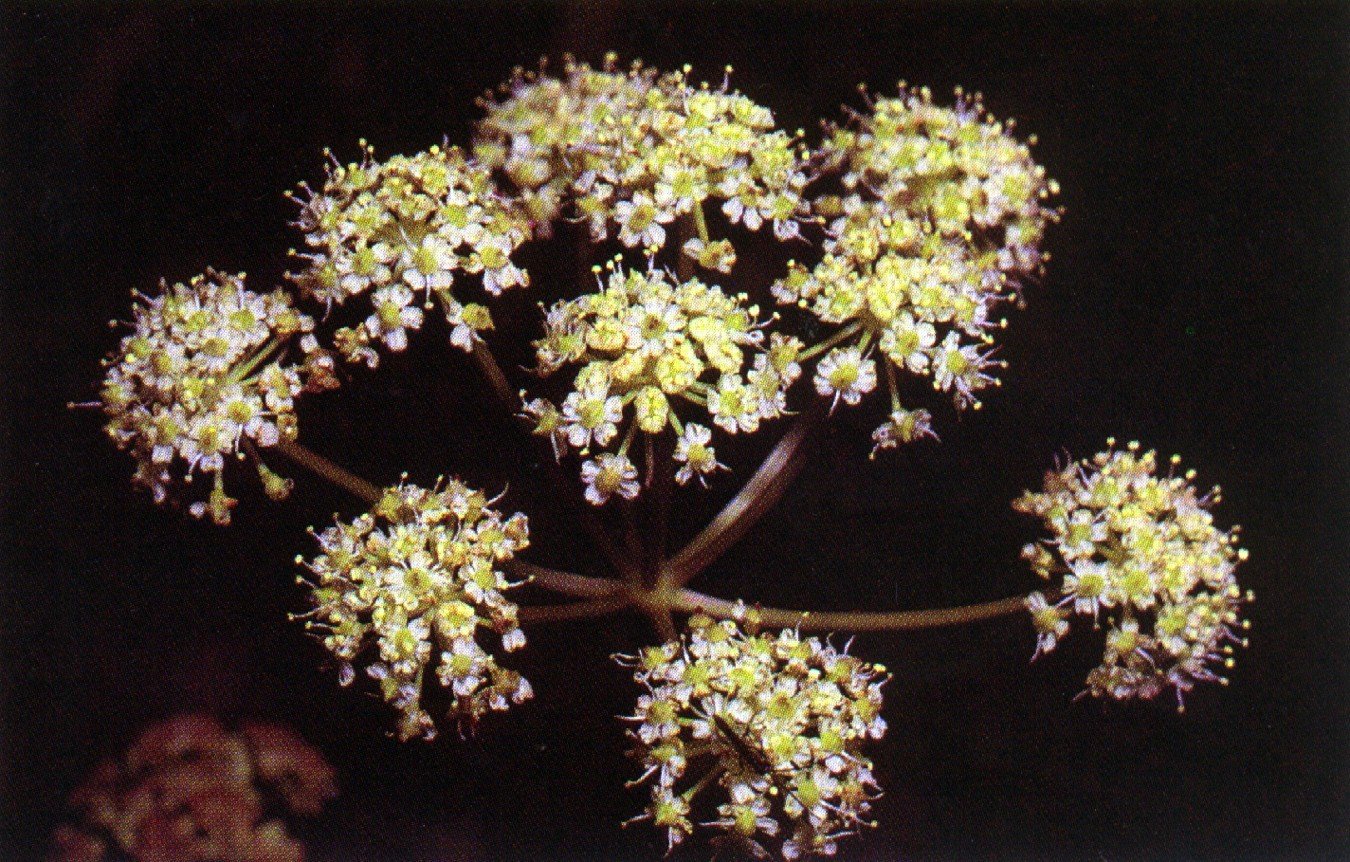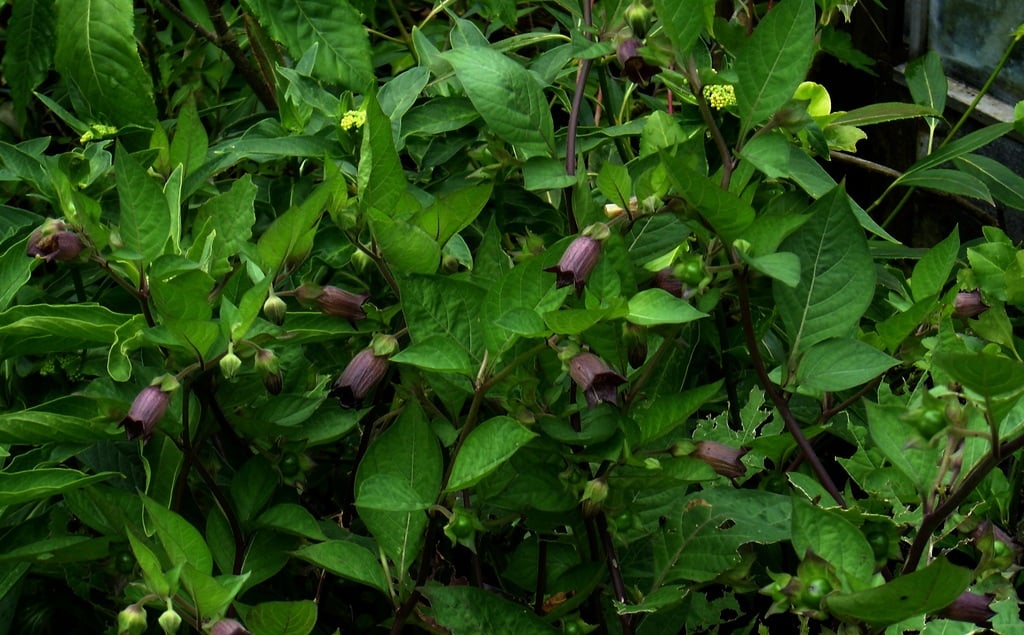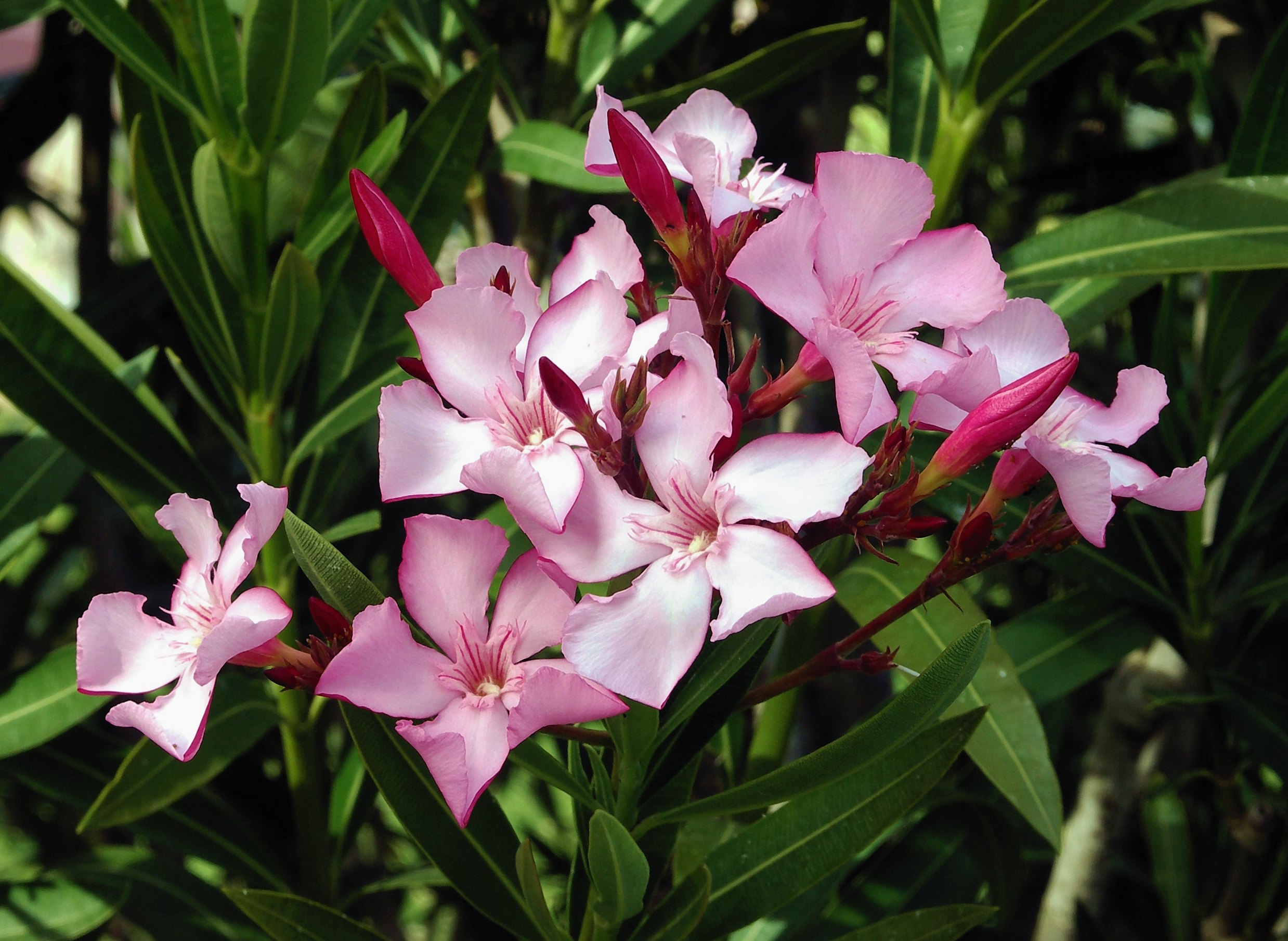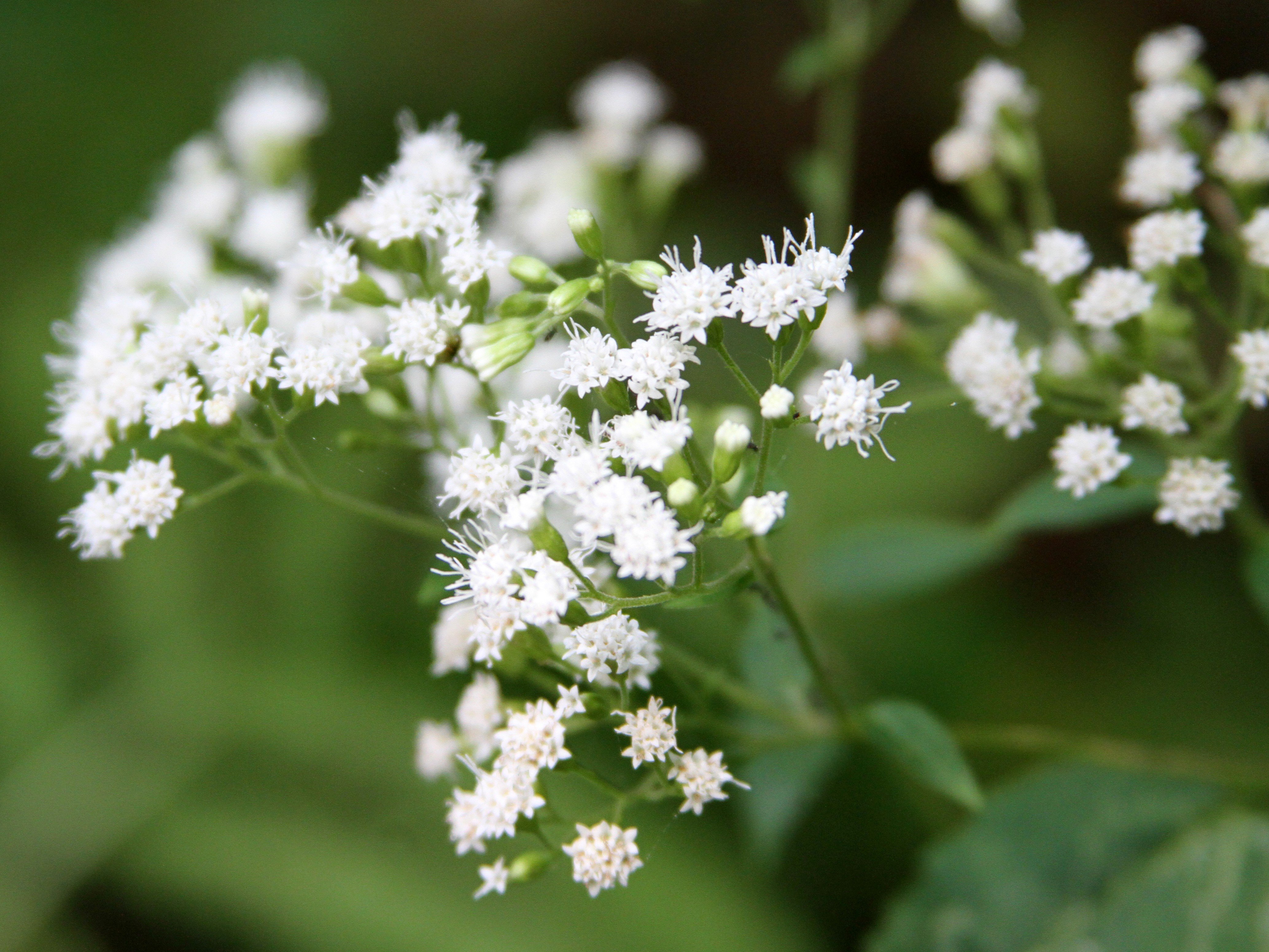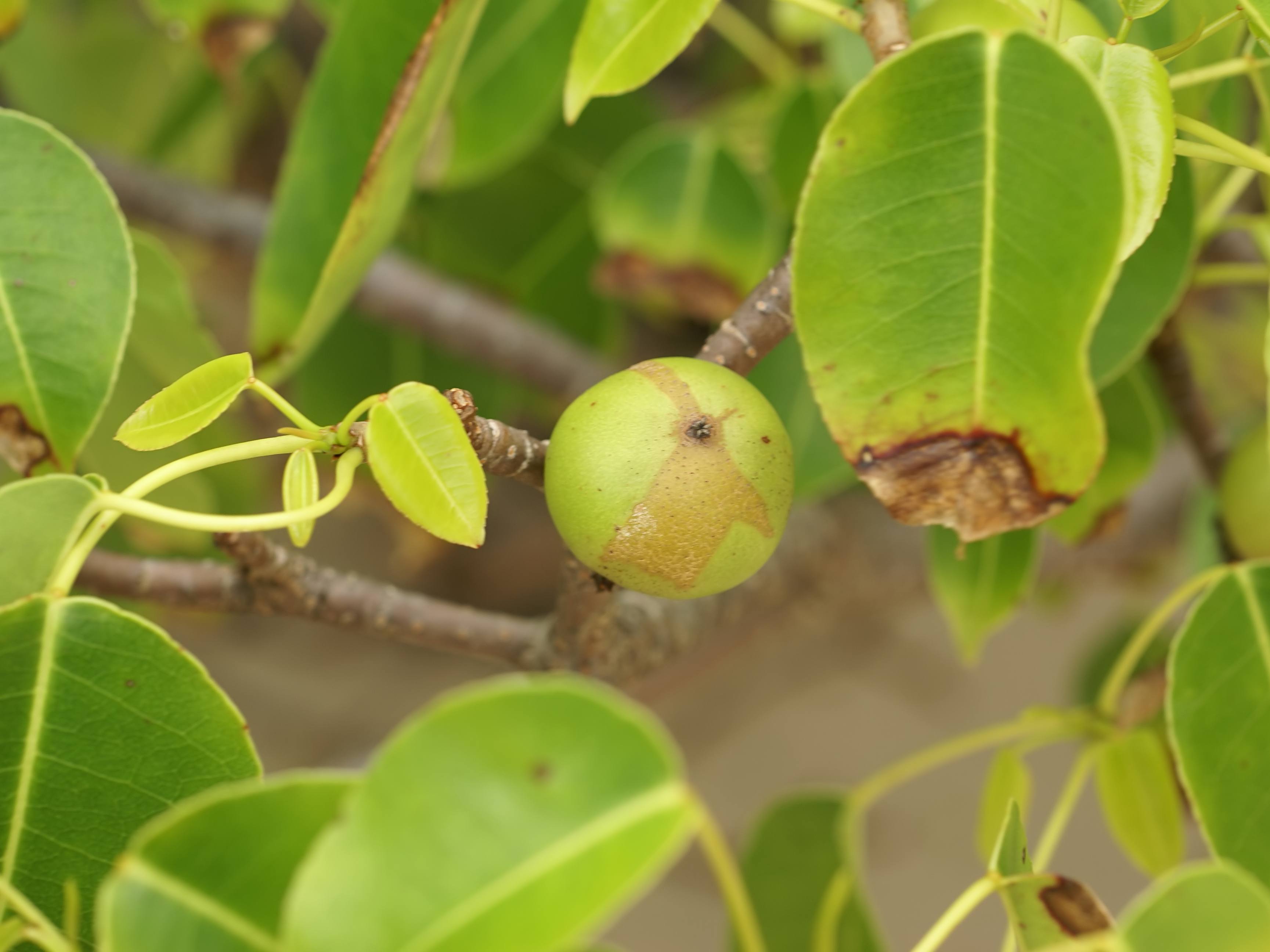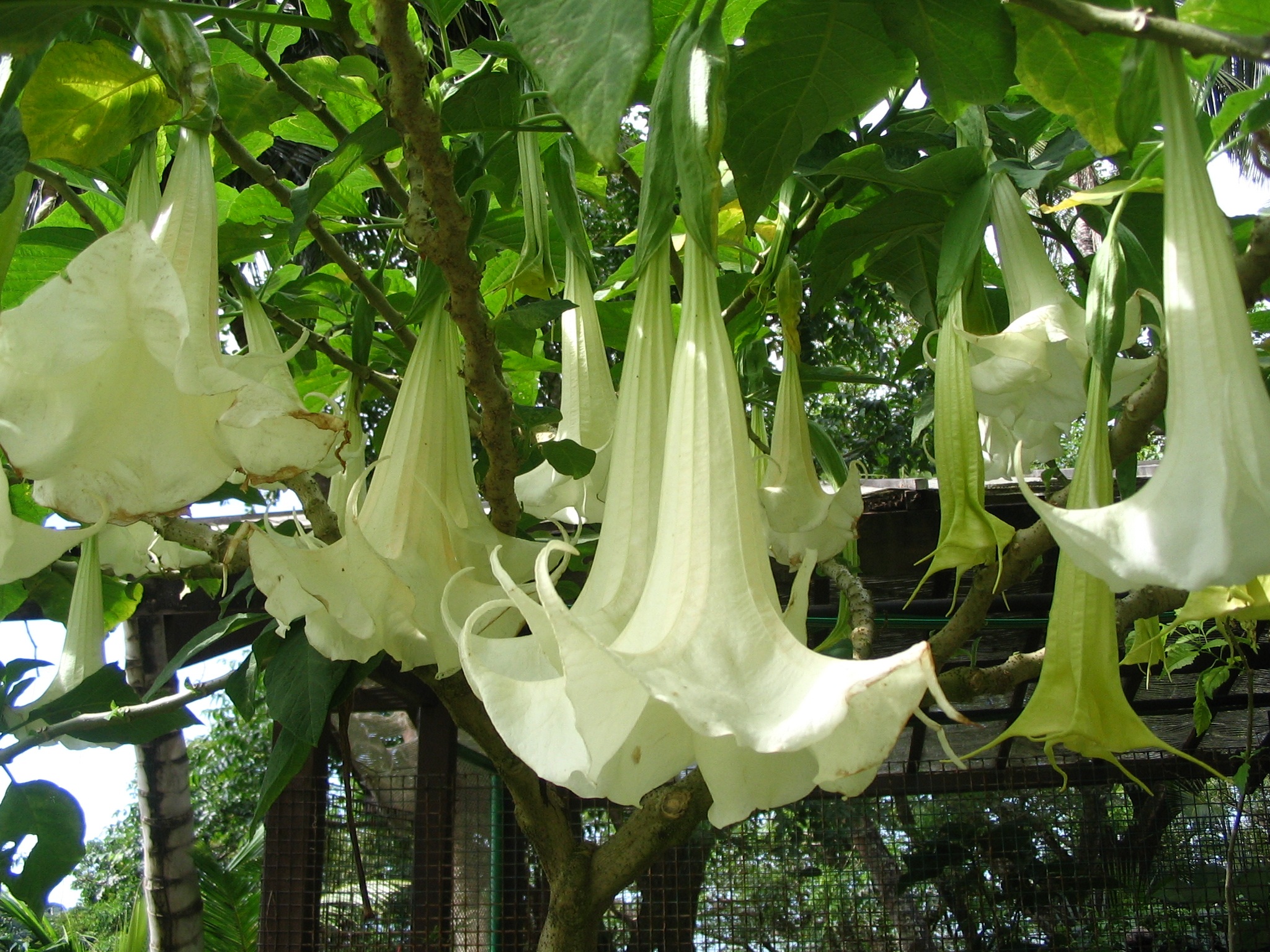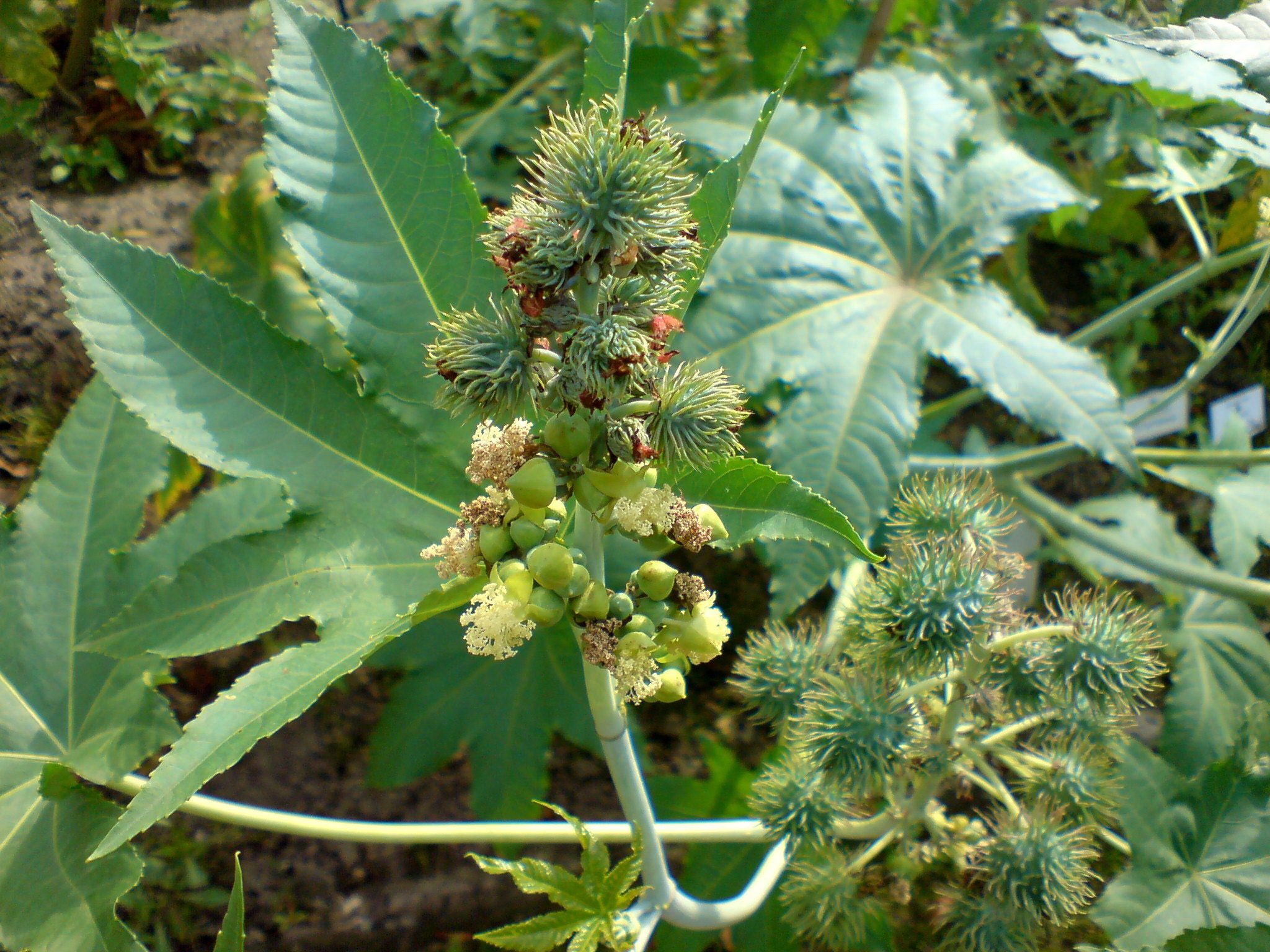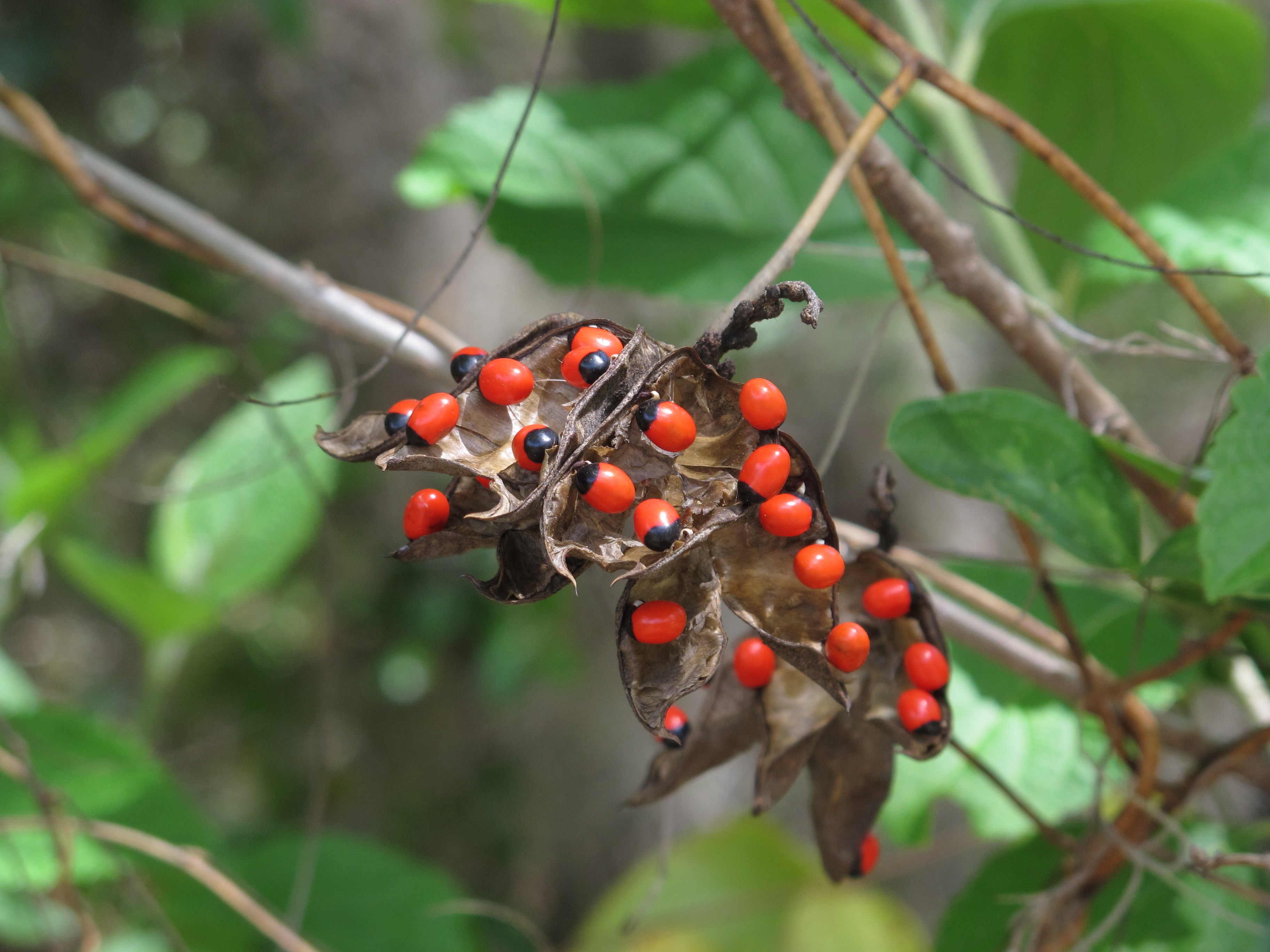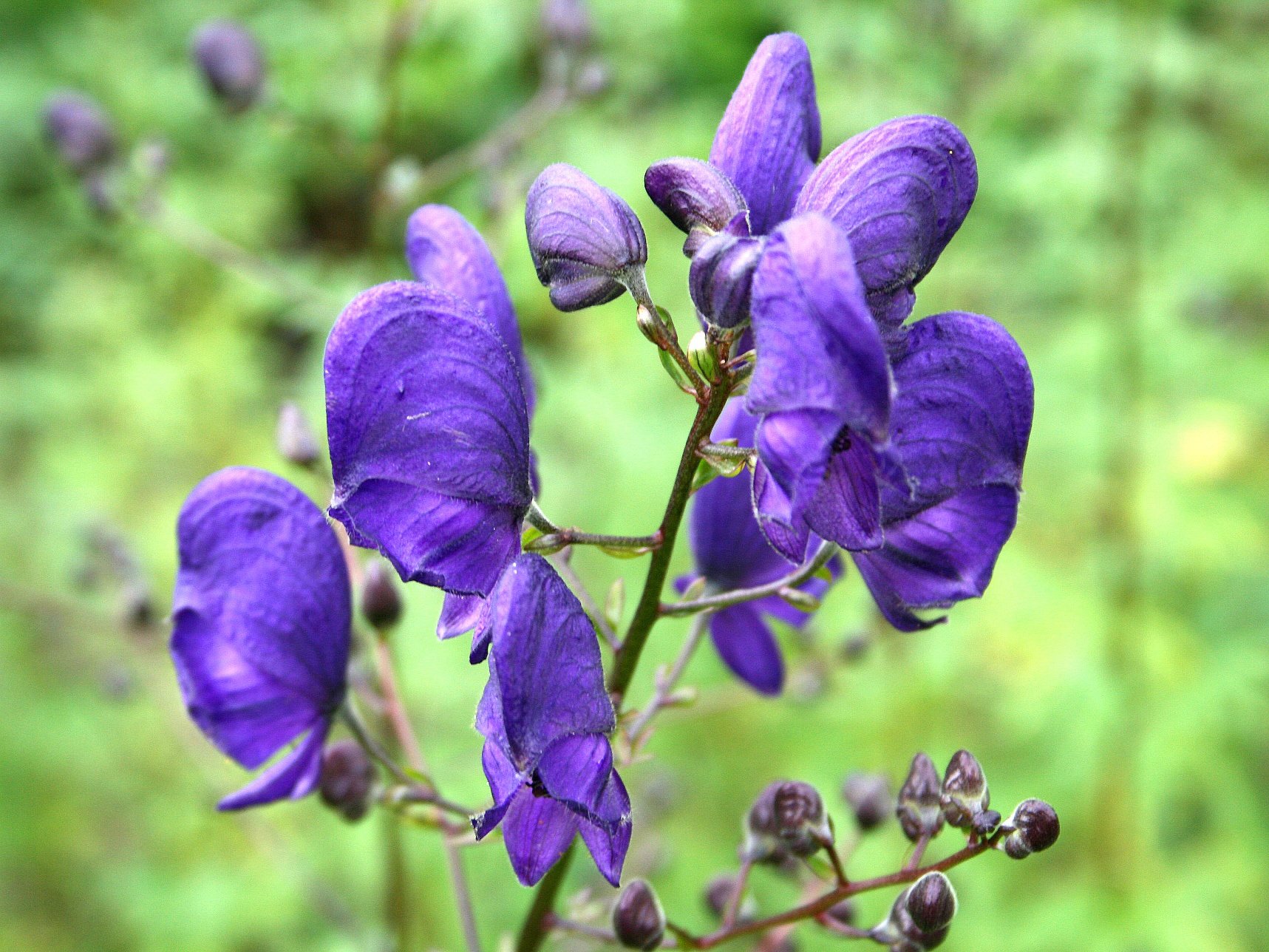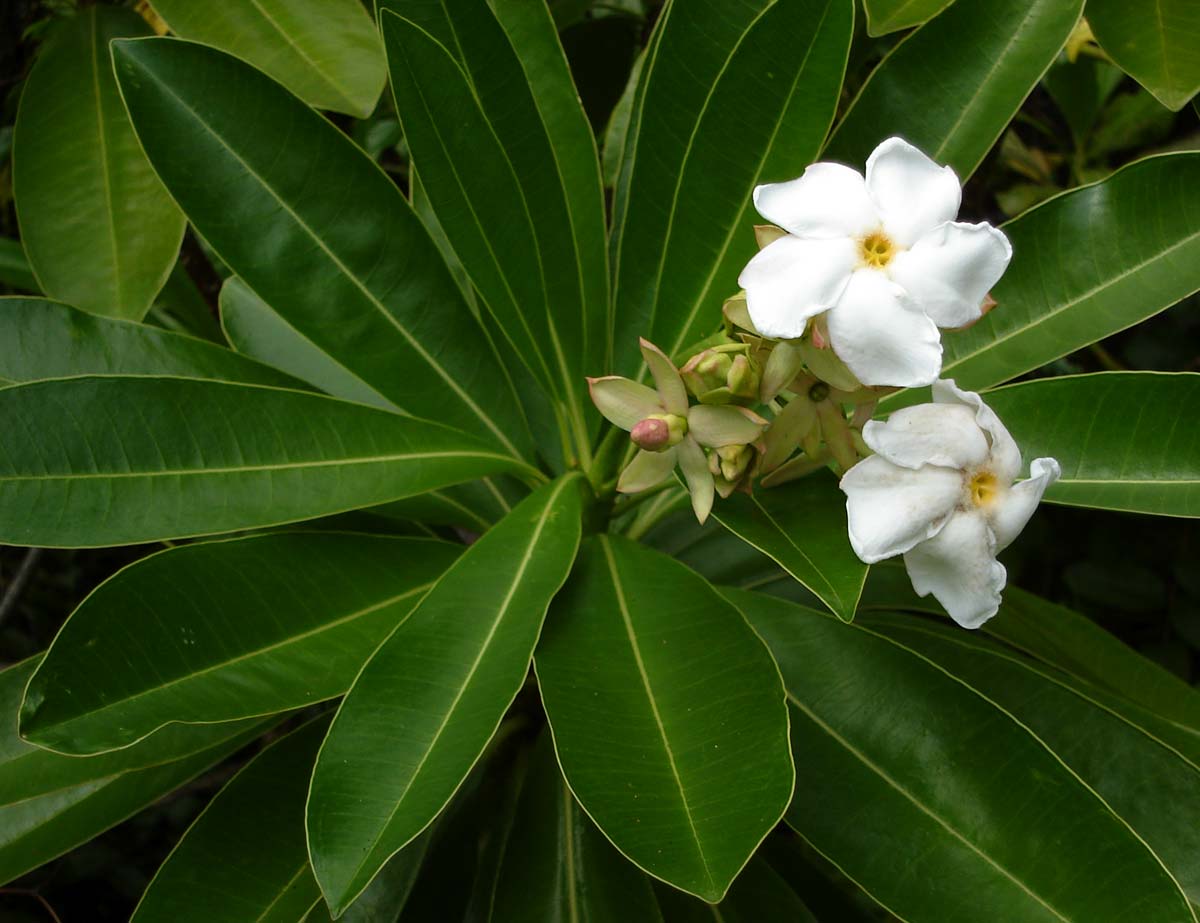10. Water Hemlock (Cicuta maculata)
This plant can grow up to 8 feet tall and displays small white or green flowers which grow in an umbrella form. It can be found in North America and Europe and grows near lakes, ponds, swamps or marshes. It boasts high concentrations of a chemical called cicutoxin. This toxin, when ingested can cause symptoms that include dizziness, nausea, vomiting, seizures, and death.
9. Nightshade (Atropa belladonna)
This plant, commonly known as Belladonna or Deadly Nightshade, belongs to the Solanaceae family of plants. It’s native to Europe, North Africa, Western Asia, and some parts of Canada and the United States. The toxicity of the plant is due to the naturally occurring tropane alkaloids. The nasty part is that any part of the plant can be lethal, from its berries and leaves right down to the roots.
8. Oleander (Nerium oleander)
This shrub or small tree is widely cultivated, and can be found anywhere. Every part of it is poisonous due to the naturally occurring toxins. Symptoms of the poison include tremors, seizures, and coma that can lead to death.
7. White Snakeroot (Ageratina altissima)
This plant can be found almost anywhere in North America. It can grow in forest and thickets, as well as grassy areas or just bare ground. You might call it a weed, and its unassuming white flowers are as dangerous as they are pretty. Livestock can consume this plant and become contaminated by the temetol within it. It happened so much that the term “milk sickness” arose from people drinking the milk from cows that would graze on them. Thousands died of this cause in the 1800s.
6. Manchineel Tree (Hippomane mancinella)
This tree can be found along the coasts of South America, Central America, the Bahamas, and Southern North America. Its fruit is similar in appearance to a small apple and has a unique name in Spanish manzanilla de la muerte or “little apple of death.” There’s more than one poison in this tree; the leaves, sap, and fruit of the Manchineel tree are all poisonous. While eating the apple could prove fatal, the sap has also been used in poison-tipped arrows. And burning this tree could prove harmful; if the smoke were to reach your eyes, it could cause you to go blind!
5. Angel’s Trumpet (Brugmansia)
This plant can be found almost anywhere. Its hanging bell flowers are beautiful, but deadly if ingested. Because of its beauty, the flower is coveted and cultivated. This is what makes it all the more dangerous.
4. Castor Bean (Ricinus communis)
This plant is widespread throughout tropical regions, East Africa and India. The shrub-like plant is usually moderate in size, but can reach the size of a small tree. Its general appearance can differ from habitat to habitat. While there are beneficial uses of the castor bean, which is not really a bean, the raw fruit of the plant contains the toxic substance ricin. Exposure to this chemical can cause nausea, tachycardia, and seizures for a week. Writer Georgi Markov was infamously assassinated on the streets of London by a ricin pellet fired from an umbrella. It can be deadly if not treated properly, a poisonous plant indeed.
3. Rosary Pea (Abrus precatorius)
The plant is known by many names, like crab eye or Inidan licorice. It’s native to India and is invasive, taking root in many countries across the globe. The seed is often used in musical instruments as percussion and is toxic because of the presence of the chemical abrin.The symptoms are like that of ricin but much more concentrated. It can cause liver failure and eventually death over several days. The seeds have been used in jewelry and if ingested will cause a painful death.
2. Aconite or Wolf’s bane (Aconitum napellus)
Cleopatra is said to have used aconite to kill her brother. This is another plant known to have rather harmful effects dating back to antiquity. Its poison is fast acting. Within minutes a large dose will kill you by paralyzing your heart muscles. Simply picking its leaves could send you to the morgue.
1. The Suicide Tree (Cerbera odollam)
This leafy green plant is native to India and Southern Asia. It can grow in coastal marshes but unnervingly is used as a hedge plant. This one has a toxin called cerberin that disrupts your pulse, most often resulting in death. The scary part is that is wont likely show up in an autopsy. A study from the late 90s done in India stated this little plant contributed to over 500 deaths in a single year. There’s a look a the most poisonous plants out there! I hope when you run across one, you’ll know to stay away.
